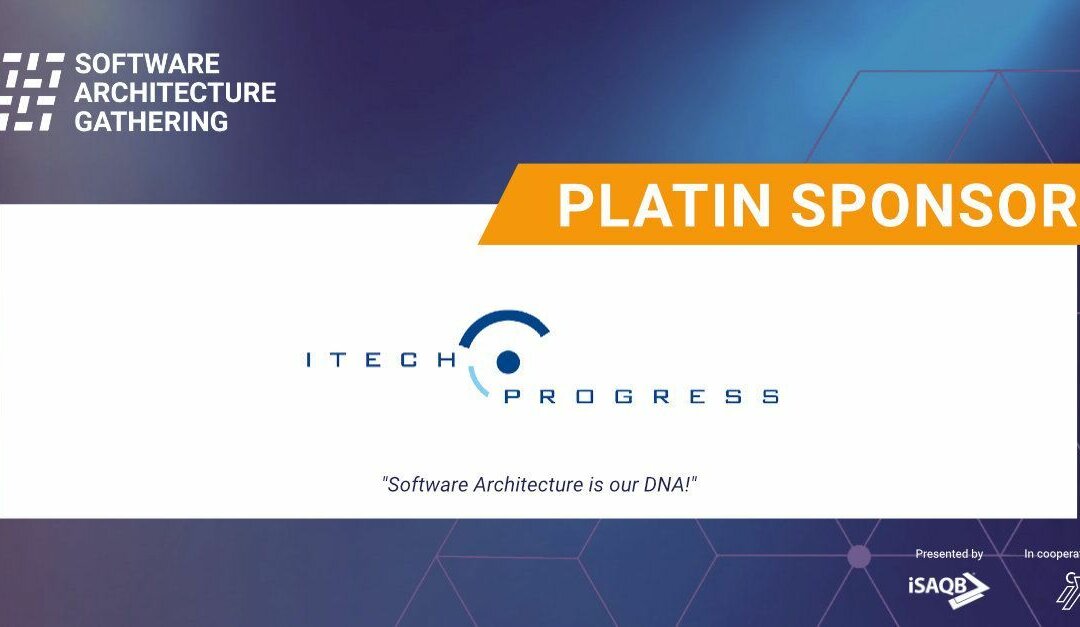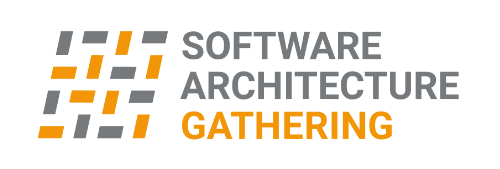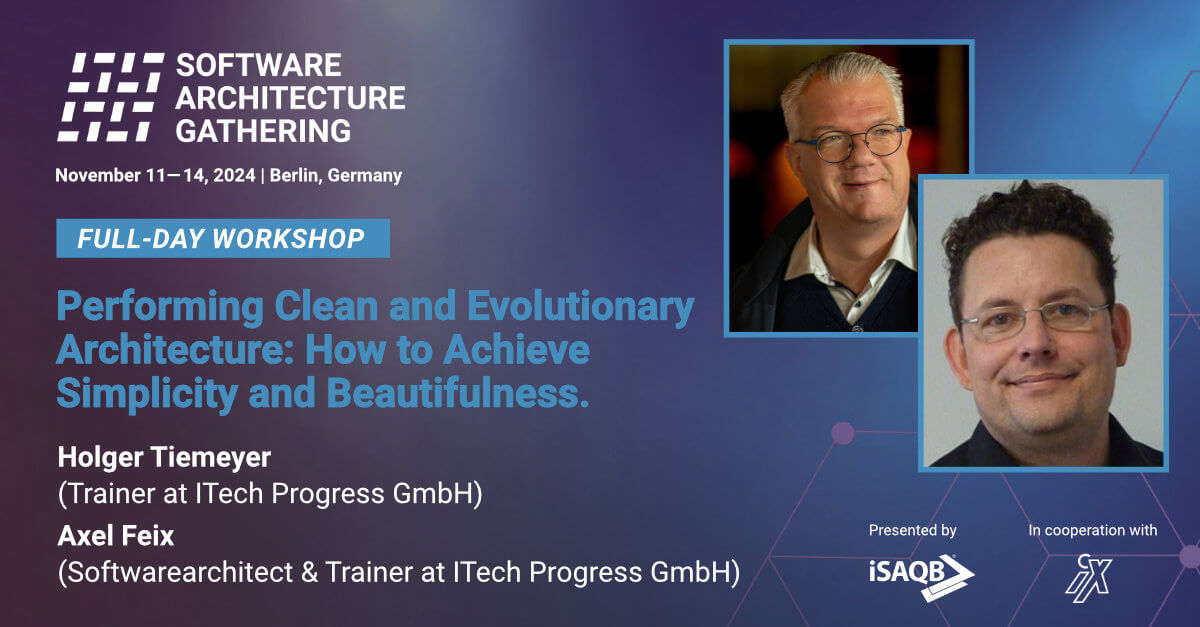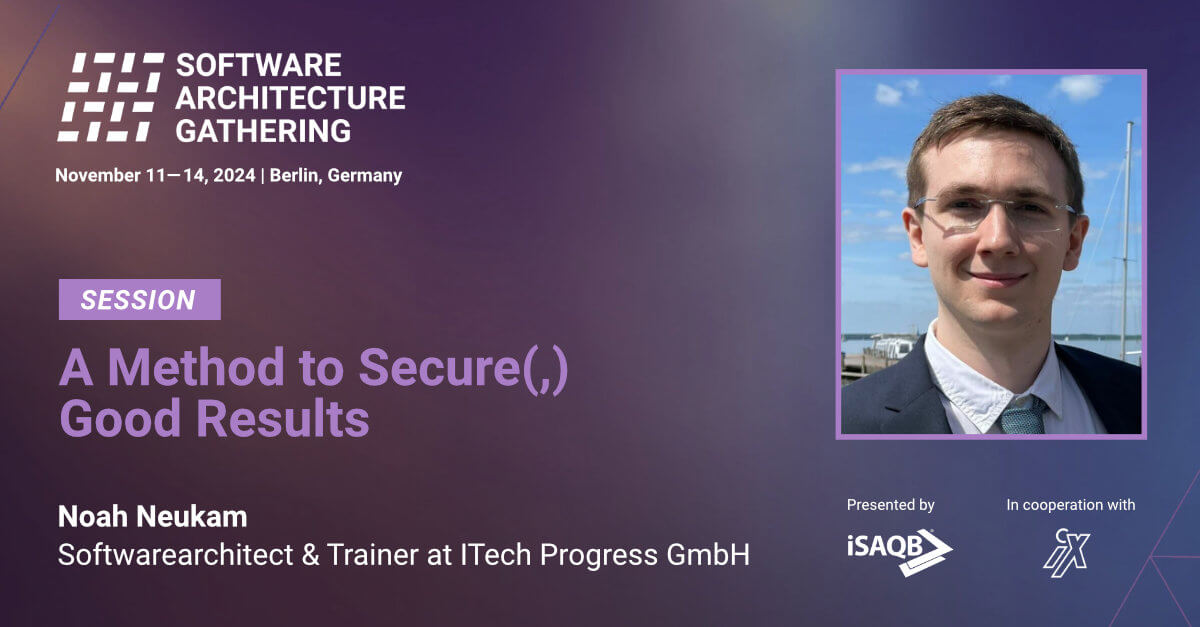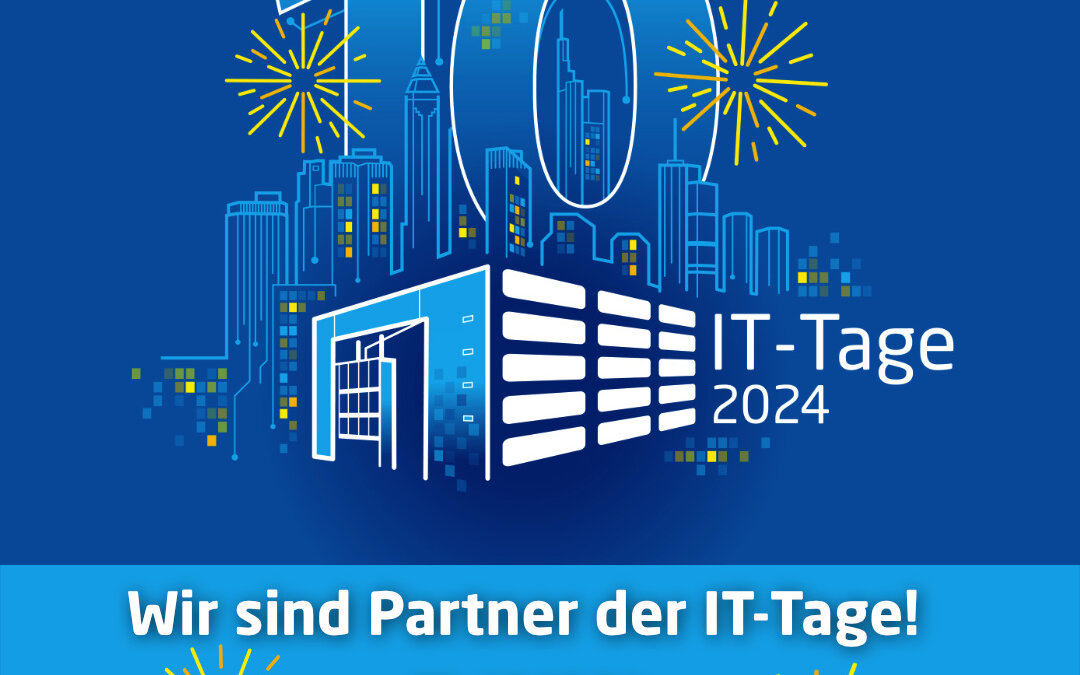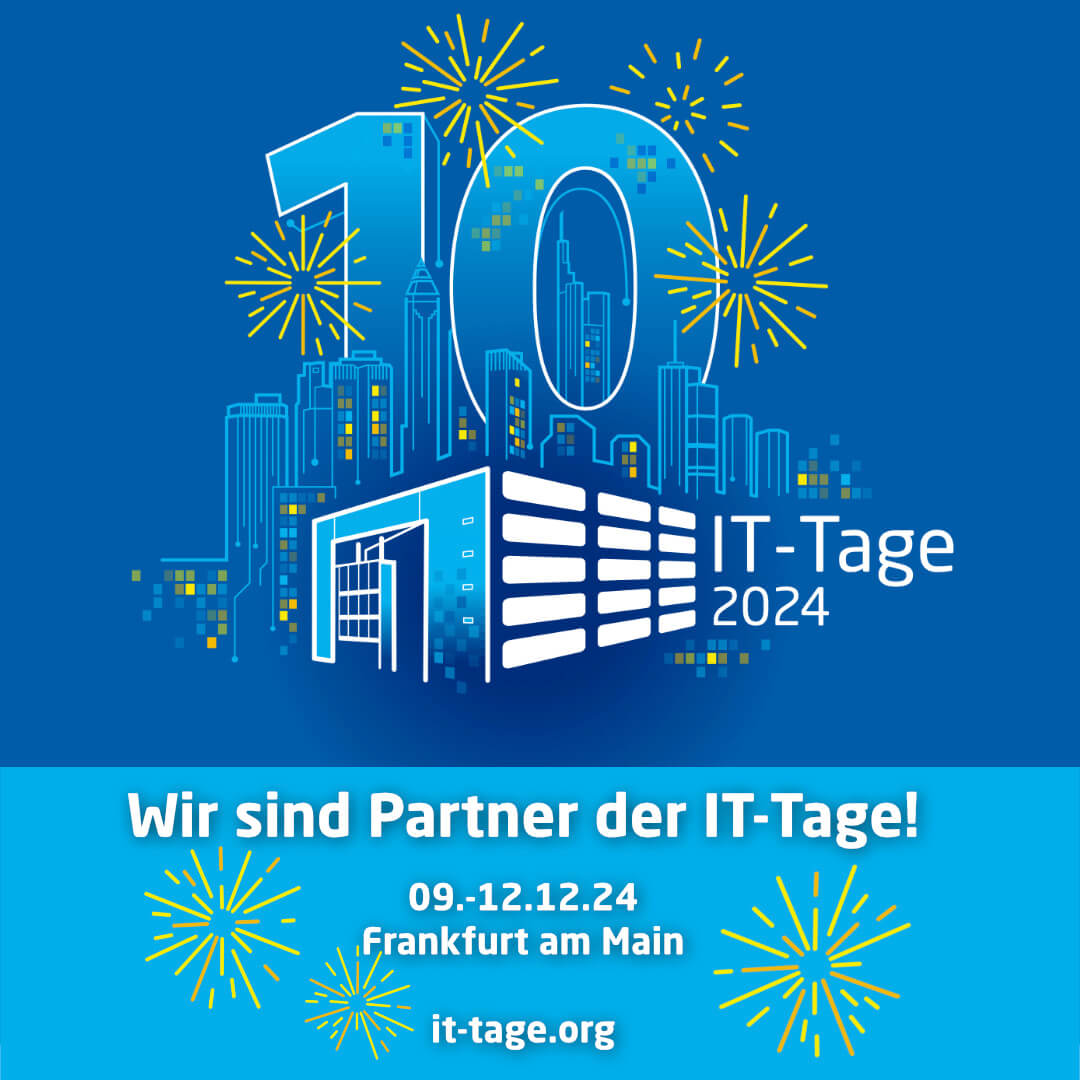
AGILA – Agile Software Architecture | Part 2/3
AGILA - Agile software architecture
Part 2Welcome to the next part of the blog series
After covering the basics of software architecture and agile development in general in the previous post, in this post, we will explore how both can be integrated.

Agile Architectural Approach
This approach integrates agile principles and methods into the process of designing and developing software architectures. It aims to overcome traditional rigid and upfront planning approaches to architecture definition and instead promotes a flexible, adaptable, and incremental approach.
Within the agile architectural approach, architects and developers are encouraged to collaborate, continuously learn, and adapt to changing requirements.
Some characteristics of the agile architectural approach include:
– Continuous Adaptation: Instead of designing a complete architecture in advance, agile teams develop an initial architectural direction and adapt it over time as they learn more about the project and its requirements.
– Incremental Development: The architecture is developed gradually, evolving with each iteration and adjusting to the changing needs of the project.
– Close Collaboration: Architects work closely with the development team to ensure that architectural principles are integrated into the ongoing development process. In many agile approaches, architecture is considered from the start. This way, the architect can be assigned to a team and carry out their tasks within the team, ensuring that architectural principles are considered in the development process from day one.
– Clear Communication: Instead of extensive documentation, the agile architectural approach favors clear and understandable communication to share architectural decisions within the team.
– Fast Feedback: Through frequent deliveries of working software and prototypes, architects receive continuous feedback from stakeholders, users, and possibly customers during the review. During the sprint, individuals can be invited as needed. The Product Owner ensures that they provide feedback.
– Evolutionary Architecture: The architecture continually evolves to meet changing requirements. This allows a focus on what is essential and helps avoid unnecessary complexity.
– Risk Reduction: By identifying potential architectural problems early and being able to take countermeasures, risks are minimized.

Designing Architecture Iteratively and Agile – Risk-Driven Architectural Work
Risk-driven architectural work refers to an approach where the identification, assessment, and management of risks play a central role in the development and design of the software architecture. Rather than focusing solely on technical or functional aspects, this approach emphasizes evaluating and mitigating risks that could impact the success of the project.
The core idea behind risk-driven architectural work is to address critical risks first to ensure early on that the project is built on a solid foundation. This involves:
– Risk Identification: Architects analyze and identify potential risks related to requirements, technology, scalability, performance, security, and other relevant factors.
– Risk Assessment: Identified risks are assessed to determine which ones pose the greatest threat to the success of the project.
– Risk Prioritization: Based on the assessment, risks are prioritized by urgency and impact. Those with higher priority are addressed first.
– Development of Risk Mitigation Strategies: For the identified and prioritized risks, strategies are developed to mitigate or prevent them. This can be done through technical solutions, architectural adjustments, or alternative approaches.
– Prototyping and Validation: In some cases, it may be necessary to create prototypes or proof-of-concepts to verify the effectiveness of the chosen risk mitigation strategies.
– Iterative Adjustment: During the development process, risk assessments are continuously reviewed and updated to ensure new risks are identified and addressed.
By considering and addressing risks from the outset, architects can detect and mitigate potential problems early. This reduces the likelihood of errors and delays. This approach ensures that the software architecture is solid, stable, and meets the project’s requirements.

Roles of Architects in Agile Projects
In agile projects, different role models for architects can exist depending on the size of the team, the type of project, and the specific requirements.
Here are some common role models for architects in agile projects:
– Agile Architect: This role is responsible for designing the software architecture with a focus on flexibility, collaboration, and adaptability. The agile architect works closely with development teams and product owners to ensure that the architecture reflects agile values and principles.
– Architect as Part of the Development Team: In smaller agile teams, the architect may be part of the development team and actively participate in coding and implementing features. This allows for close collaboration and continuous alignment of the architecture with the development work.
– Technology Advisor: An architect may serve as a technology advisor, helping the team select appropriate technologies, frameworks, and tools. They ensure that the chosen technologies meet the project’s requirements and integrate well into the architecture.
– Architecture Coach: This role involves coaching the team on best practices, architectural patterns, and principles. The architecture coach promotes understanding of architecture practices and helps the team make better technical decisions.
– Quality and Maintainability Evangelist: Architects can take responsibility for ensuring that the developed software is of high quality, maintainable, and scalable. They set standards for code quality and work with the team to ensure these standards are met.
– Architecture Strategist: This role takes a long-term view of the architecture and helps define a vision for the technical development of the product. They consider technological trends, organizational goals, and future requirements to ensure the architecture remains successful in the long run.
It is important to note that role models for architects in agile projects can vary. In any case, collaboration between architects, the development team, product owners, and other relevant stakeholders is crucial. This ensures that the architecture meets the needs of customers, users, and stakeholders, and is implemented in an agile manner.
Ways to Involve Stakeholders in Agile Architecture Work
Involving stakeholders in agile architecture work is crucial to ensure that the developed software meets the needs and expectations of all relevant parties. Here are three ways to engage stakeholders in agile architecture work:
– Regular Feedback and Reviews: By holding regular meetings or reviews, stakeholders have the opportunity to view the results of the sprint and provide feedback. This can take the form of demos, presentations, or discussions. The team can experiment with how the review should be structured, and stakeholders can communicate their requirements, expectations, and concerns, leading to continuous adaptation and improvement of the architecture.
– Involvement in Planning and Prioritization: By inviting stakeholders to participate in planning sessions where upcoming tasks and priorities are discussed, they have the chance to share their perspectives and ensure that the architecture work considers the aspects most important to them. In a Scrum framework, the entire stakeholder group typically does not participate in planning sessions. The Product Owner (PO) represents the voice of the customer and user, and they must prioritize which backlog stories are to be planned together with the development team.
– User Stories and Requirements: Collaborate with stakeholders to create or revise user stories and requirements that will inform the development of the architecture. These user stories can serve as a foundation for the architectural work, ensuring that the architecture meets the desired features and characteristics.
The key element in all of these approaches is open communication and close collaboration with stakeholders. This helps avoid misunderstandings, respond early to feedback, and ensure that the architecture meets the needs and expectations of everyone involved.



